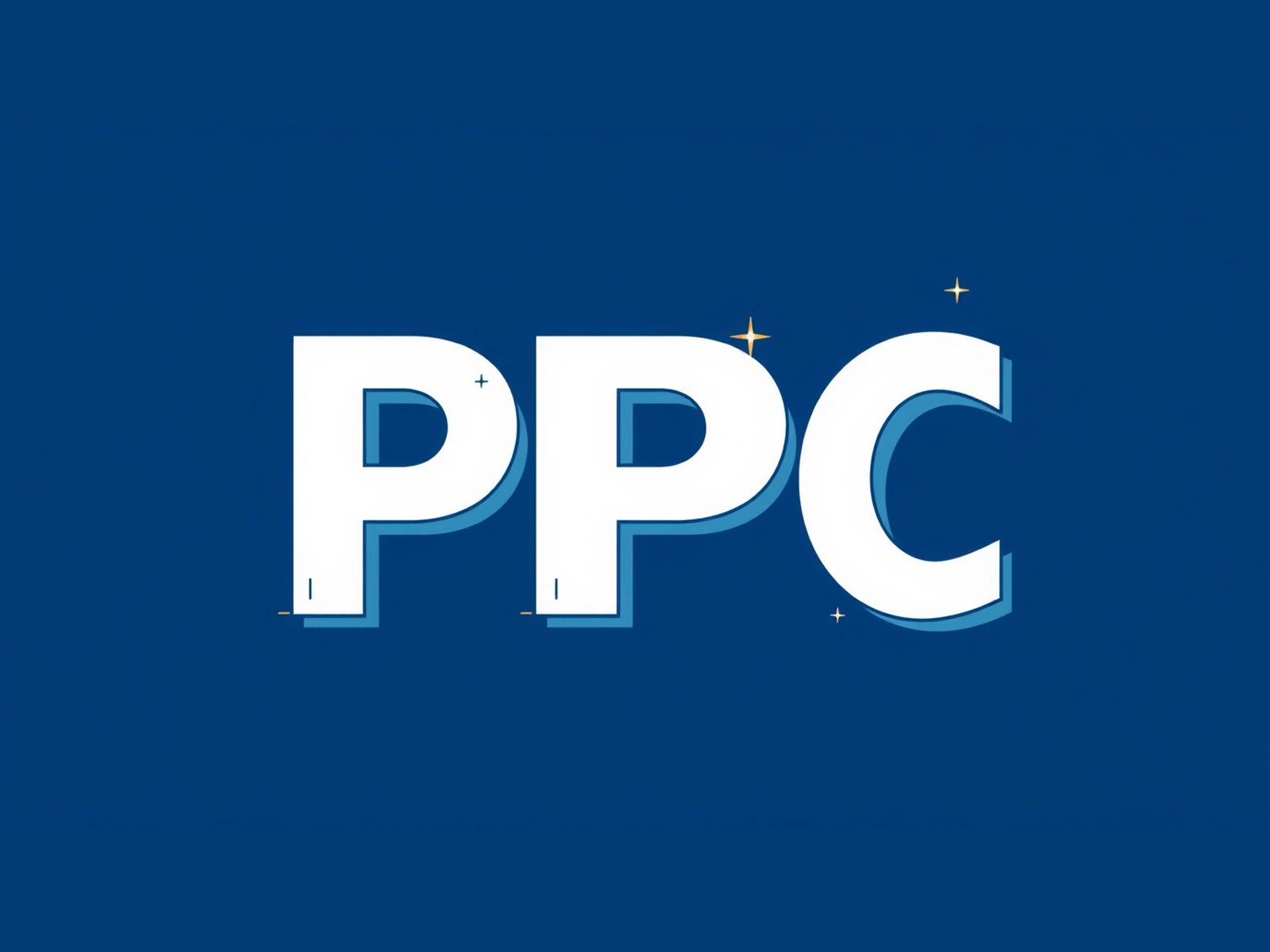
Why SEO strategy is critical for business

7 Key SEO Benefits Businesses Get from Google Keyword Reviews

Google Announces Support for Structured Data for Sitewide Shipping Policies

4 minutes
The world of PPC advertising is changing at a rapid pace. Just 10–15 years ago, a specialist’s job came down to manually adjusting bids at the keyword level. Today, that approach would look almost archaic.
Automation and artificial intelligence have become the key drivers of the industry. They not only save time but also open up new possibilities — from more precise data analysis to creating unique solutions tailored to specific businesses.
One of the next-generation tools is Cursor – an AI-powered coding environment that combines automation, data integration, and the ability to build custom tools.
Today’s PPC landscape is overloaded with variables:
As a result, manual campaign management becomes a trap: it not only consumes time but also reduces competitiveness.
Automation allows you to focus on strategy, creativity, and client communication, while AI takes care of the routine.
Google Ads scripts have been around for over a decade. But the main problem was that they required manual coding, JavaScript knowledge, and API understanding.
Cursor removes these barriers. It enables you to:
Examples of use:
This allows PPC specialists to work at a strategic level instead of spending hours on technical details.
One of Cursor’s biggest strengths is data handling. The platform allows you to upload files or connect APIs, merge them, and analyze everything in one environment.
Practical example:
For an online spice store, we connected customer purchase data with a recipe database. Cursor generated a table showing which dishes could be cooked based on purchased products.
The result was a dynamic email campaign:
“You bought turmeric? Here’s a curry recipe you can make with it. Plus, here’s a 10% discount on a spice mix for it.”
This is a data-driven marketing approach, where personalization is based on real customer behavior rather than just demographics.
Other integration options:
Cursor isn’t just a script generator. With integrations to GPT-5, Claude, and Gemini, it can build full-fledged solutions.
Examples:
This way, a PPC specialist evolves into more than just an advertiser — they become a creator of digital tools, which adds a competitive edge and can even grow into a separate business line.
Despite its vast capabilities, AI has limitations:
That’s why the specialist’s role shifts: you become a mentor for AI. Your task is to craft precise prompts, check the quality of outputs, and integrate them into business processes.
As expert Mike Rhodes says: “Don’t try to jump from step 1 to step 100. Go step by step — the results will follow.”
The PPC market is becoming increasingly complex, and competition is only getting tougher. In these conditions, AI automation is not a trend but a necessity.
Cursor gives PPC specialists a new level of freedom:
Those who start adopting these technologies now will gain a clear advantage in the years ahead.
If you haven’t tested Cursor yet — now is the time to set aside an hour and take the first step.
Read this article in Ukrainian.
Say hello to us!
A leading global agency in Clutch's top-15, we've been mastering the digital space since 2004. With 9000+ projects delivered in 65 countries, our expertise is unparalleled.
Let's conquer challenges together!
performance_marketing_engineers/
performance_marketing_engineers/
performance_marketing_engineers/
performance_marketing_engineers/
performance_marketing_engineers/
performance_marketing_engineers/
performance_marketing_engineers/
performance_marketing_engineers/